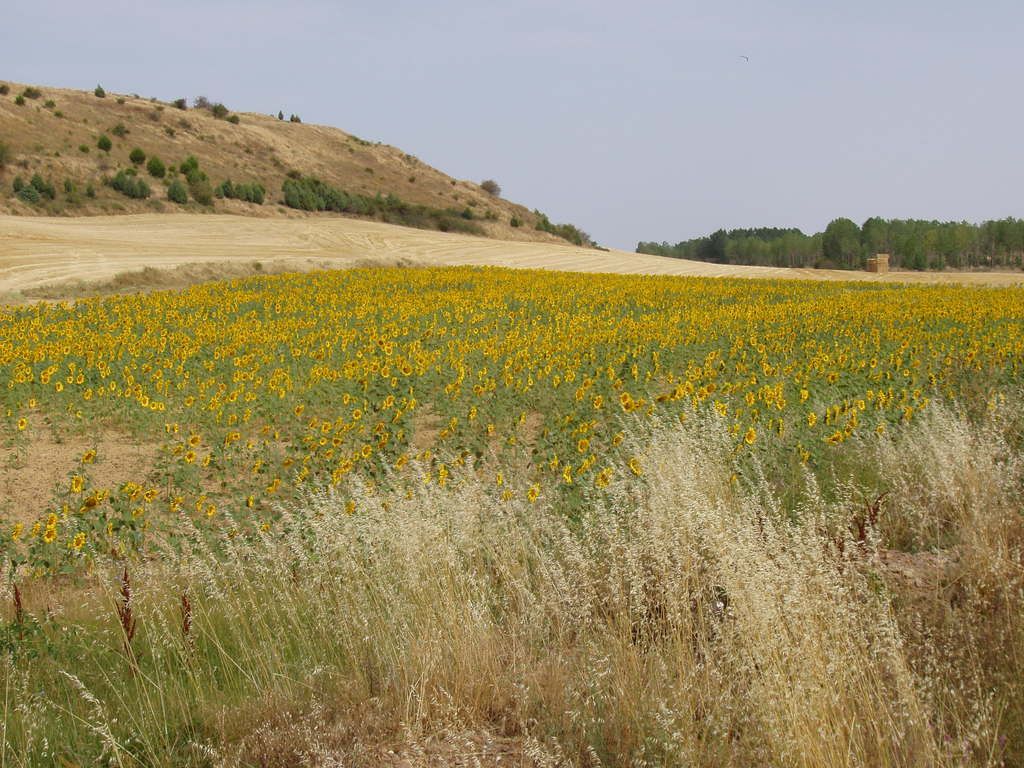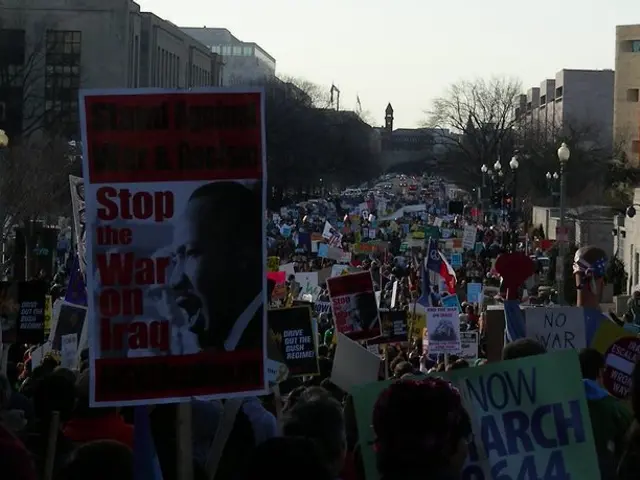Abandoned capital of Nagorno-Karabakh undergoes transformation under Azerbaijani governance
Tucked away in the hearts of disputed lands, a place that goes by two names – Stepanakert for Armenians, and Khankendi for Azerbaijanis. This town serves as the symbol of conflict and resilience, copying the restless minds of the people living in this region for three intense decades.
Khankendi was once the capital of the self-proclaimed, now-defunct Nagorno-Karabakh Republic (NKR). Its population – predominantly Armenians – fled after a rapid offensive by Azerbaijan, leading to the fall of the NKR. Their escape wasn't an easy ride – they encountered a gas explosion, a days-long traffic jam, and faced an uncertain fate upon reaching Armenia.
Azerbaijan never recognized the existence of the NKR, not even the term "Nagorno-Karabakh." But for Azerbaijanis, the capture of Khankendi symbolizes their total victory in the Karabakh region. President Ilham Aliyev delivered his triumphant speech here, raised the Azerbaijani flag, mocked former NKR leaders, and celebrated their military victory in a parade attended by his family in November.
In the chaotic months that followed, Khankendi didn't buzz with the activities of a bustling town. Instead, it eerily echoed with silence, with footage showing barely any signs of life. The Armenian government reports that over 100,000 people had left Nagorno-Karabakh for Armenia within 10 days following the NKR's surrender.
However, Azerbaijan's records show that 50 families, originally from Khankendi, would soon return to the town to rebuild their lives. While the town was once governed by Soviet Azerbaijan's Nagorno-Karabakh Autonomous Oblast and had a population that was 11% Azerbaijani according to the 1979 Soviet census, it was primarily Armenian with a small Azerbaijani minority.
Azerbaijan established a portal for Armenians deciding to stay and accept Baku's rule. They claimed to have received 98 applications, but international organizations like the International Committee of the Red Cross estimate that only about 20 have decided to stay.
The politics around the displacement of Armenians and the issue of ethnic cleansing remains hotly debated. Azerbaijani officials insist that Armenians left by their own will, as stated by Aliyev during an interview with Euronews. However, Armenia points out the high pressure faced by Armenians to accept Azerbaijani rule.
As the international community keeps a watchful eye on the region, the future of Khankendi is uncertain. The question remains – can the streets of Khankendi once again roar with life, or will its people continue to search for a home beyond its borders? Only time will tell.
News of the future of Khankendi, once the capital of the Nagorno-Karabakh Republic and predominantly Armenian, remains uncertain. General-news reports indicate a debate over ethnic cleansing and displacement of Armenians, with Azerbaijani officials claiming Armenians left by their own will, while Armenia points out the high pressure faced by Armenians to accept Azerbaijani rule. Crime-and-justice concerns also surface as azerbaijanis celebrate military victory, and questions remain about the fate of the returning Azerbaijani families and the Armenians who were displaced.








